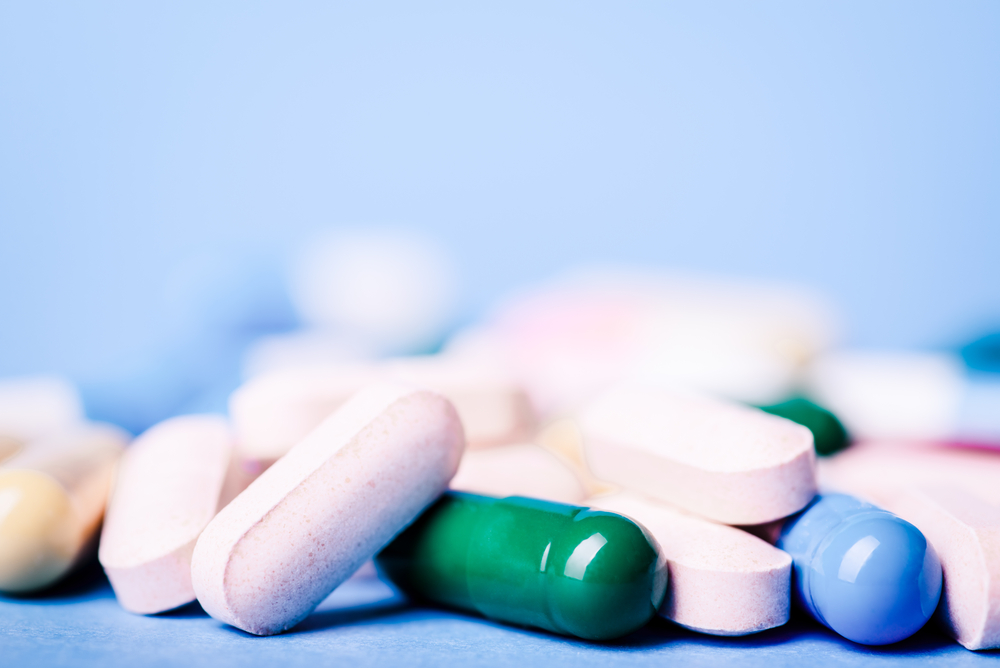

Characterizing New Oncology Drugs with NMR
Cancer is the second-leading cause of death globally, with about 1 in every 6 deaths occurring around the world being due to cancer. In 2018, cancer caused an estimated 9.6 million deaths.
Cancer mortality rates have declined with the development of new more effective treatments. However, cancers are continually evolving, and this can result in a cancer becoming resistant to available therapies. Once a cancer develops drug resistance it can continue to grow unchecked, leading to relapse and more severe disease.
There is therefore an on-going search for novel anticancer agents with a range of modes of action.
Many of the vital processes needed for cancer cells to grow and multiply have been targeted by pharmaceuticals. It was found that tumor development is closely related to angiogenesis (the creation of new blood vessels) and so this became a key therapeutic target.
Inhibition of Angiogenesis
The inhibition of abnormal angiogenesis can prevent the proliferation, migration, and invasion of cancer cells.
Indeed, a large class of anti-cancer drugs, such as agents that target vascular endothelial growth factor (VEGF), exert their therapeutic effect by interfering with angiogenesis. This renders the tumor unable to extend its vasculature, whereby limiting the growth of tumors by preventing the supply of oxygen and essential nutrients to new cancer cells.
Many agents that disrupt the tumor’s ability to extend its network of blood vessels have shown efficacy in clinical trials of many different cancers.
The search for new agents with the ability to inhibit tumor angiogenesis revealed that an extract from the dried root of S. baicalensis known as baicalein has a disruptive effect on tumor vasculature.7 The clinical application of baicalein, however, has been limited due to the non-ideal physical properties of the compound, such as poor oral bioavailability and low aqueous solubility.
The potential of baicalein as an effective anti-cancer agent prompted the creation of baicalein derivatives with more favorable characteristics. Studies have demonstrated a range of desirable anticancer activities of baicalein derivatives. Most recently, baicalein derivatives have been evaluated as inhibitors of angiogenesis.
Evaluation of Baicalein Derivatives as Anticancer Agents
Researchers recently evaluated the in vivo anti-angiogenic effects of a series of baicalein derivatives in a transgenic zebrafish model.
Zebrafish was chosen for the research due to the high level of gene conservation between zebrafish and mammals and these ease with which drugs effects can be studied due to their transparency.
The zebrafish used in this study had also been engineered to exhibit vasculature-specific expression of enhanced green fluorescent protein (EGFP) during embryonic and larval development. This enables visualization of endothelial cells using a fluorescence microscope, which means that anti-angiogenic effects can be studied directly.
A series of baicalein derivatives were synthesized and their structures confirmed by nuclear magnetic resonance with a Bruker Avance 300 MHz spectrometer.
The baicalein derivatives with alkyl alcohol side chains demonstrated anti-angiogenic effects. In particular, a derivative with a piperazine acetamide group at position 6 (compound 42) had potent in vivo anti-angiogenic activity and low toxicity in a transgenic zebrafish model.
In vitro assessments of compound 42 revealed that it inhibited cell proliferation in a dose-dependent manner in human umbilical vein endothelial cells (HUVECs), human lung cancer A549 cells and, to a lesser extent, human normal fibroblast L929 cells. Compound 42 achieved an IC50 value of 4.73 μM for the inhibition of A549 cell growth.
Using Annexin V-FITC/PI double-labeled flow cytometry, it was shown that the cell inhibition was achieved through a significant increase in late apoptosis (62% using a concentration of 8 μM).
Further evaluation of compound 42 in the transgenic zebrafish, showed dose-dependent inhibition of intersegmental vessels (ISV) formation compared to vehicle control. Administration of compound 42 to late-stage embryos did not cause visible changes in blood vessel morphology. This confirms that compound 42 achieved this effect by inhibiting angiogenesis (rather than destroying existing vasculature) since ISV formation is already complete at this stage.
Using NMR spectroscopy, this latest research identified the structural modifications to baicalein that provide significant anti-angiogenic and anticancer effects without associated toxicity. In particular, compound 42 with a piperazine acetamide group added at position 6 was shown to represent a novel potential compound for further evaluation as a cancer therapy.
References
- WHO Cancer Fact sheet. September 2018. https://www.who.int/news-room/fact-sheets/detail/cancer
- Ferrara N, Kerbel RS. Angiogenesis as a therapeutic target. Nature. 2005;438:967.
- Liotta LA, et al. Cancer metastasis and angiogenesis: an imbalance of positive and negative regulation. Cell. 1991;64:327–
- Carmeliet P, Jain RK. Molecular mechanisms and clinical applications of angiogenesis. Nature. 2011;473:298.
- Jing Yu, et al. Efficacy and safety of angiogenesis inhibitors in advanced gastric cancer: a systematic review and meta-analysis. J Hematol Oncol. 2016; 9: 111.
- Hong S, et al. Efficacy and safety of angiogenesis inhibitors in advanced non-small cell lung cancer: a systematic review and meta-analysis. Journal of Cancer Research and Clinical Oncology 2015;141(5): 909–921.
- Park YG, et al. Baicalein inhibits tumor progression by inhibiting tumor cell growth and tumor angiogenesis. Oncol Rep. 2017;38:3011–
- Luo R, et al. Synthesis and biological evaluation of baicalein derivatives as potent antitumor agents. Bioorg Med Chem Lett. 2014;24:1334–
- Jianga X, et al. Anti-angiogenic and anticancer effects of baicalein derivatives based on transgenic zebrafish model. Bioorganic & Medicinal Chemistry 26 (2018) 4481–4492.


